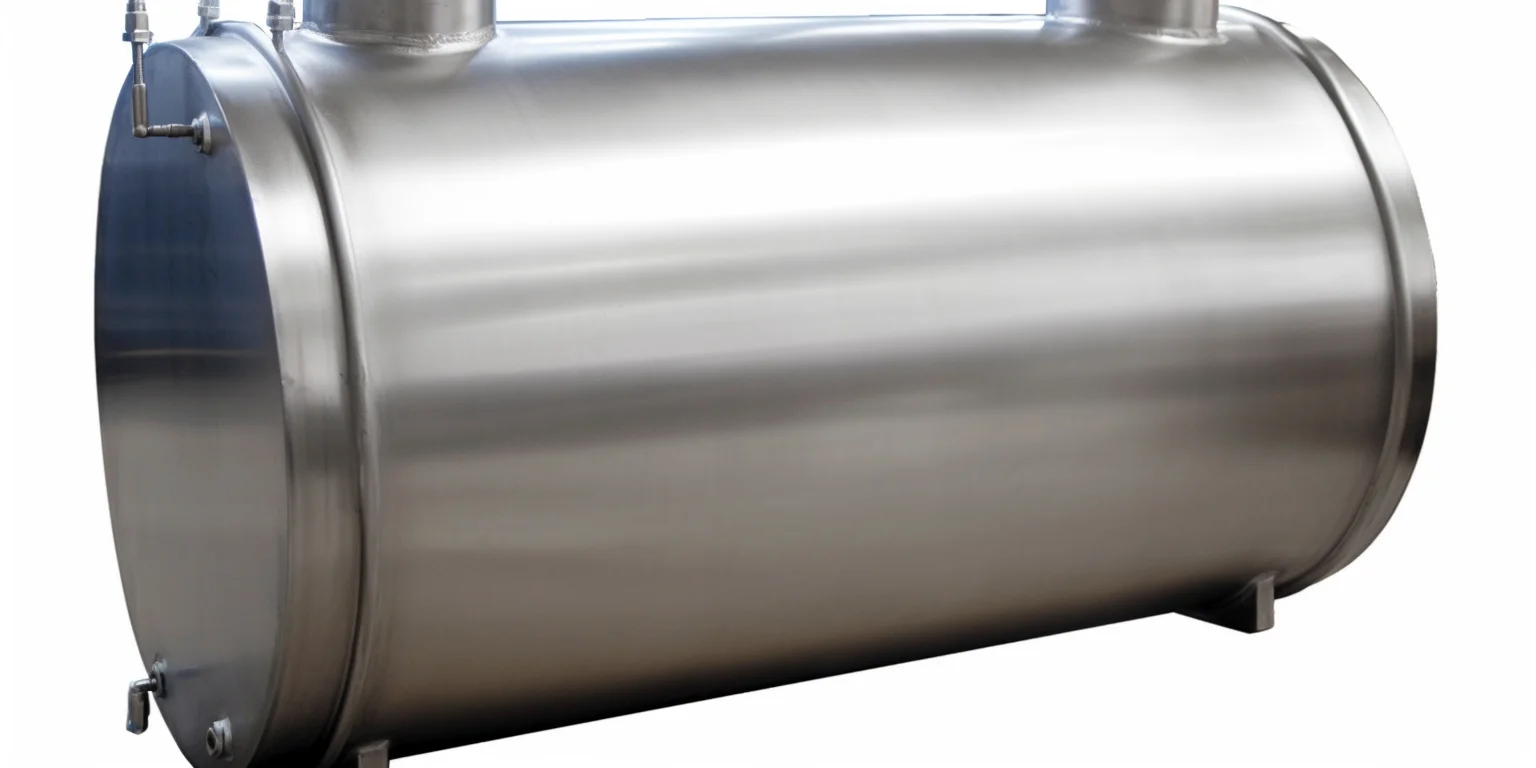When it comes to semi trucks, hydraulic systems are crucial for their operation, and hydraulic tanks play an essential role in these systems. In this article, we will discuss various aspects of hydraulic tanks, from their importance to the different types available and factors to consider when purchasing one for your truck. We will also touch on maintenance and care practices to ensure your hydraulic tank serves you well.
The Importance of Hydraulic Tanks
Hydraulic Systems in Trucks
Hydraulic systems in trucks are responsible for transmitting power efficiently and generating high levels of force. These systems are commonly found in applications such as power steering, brakes, and suspension systems. Hydraulic tanks store the hydraulic fluid necessary for these systems to function and play a vital role in maintaining system performance and longevity.
Benefits of Hydraulic Tanks
Hydraulic tanks help regulate fluid temperature, prevent aeration and foaming, and remove contaminants from the fluid. They also serve as a reservoir for the fluid when the system is not in use. A temperature indicator is often used to monitor the fluid temperature, ensuring proper functioning. By choosing the right hydraulic tank for your truck, you can reduce the risk of costly breakdowns and downtime.
| Buyers Products UR50A 50 Gallon Upright Aluminum Hydraulic Reservoir | |
|---|---|
| Tool-Tuff 15-Gallon Hydraulic Fluid Reservoir Tank | |
| Buyers Products SMC50A Side Mount Cylindrical Aluminum Reservoir Cylinder, 50 Gallons | |
| Buyers Products SMR25S 25 Gallon Steel Reservoir | |
| Buyers Products SMC35A Side Mount Cylindrical Aluminum Reservoir Cylinder, 35 Gallons | |
| Field Tuff FTF-10GOR 10 Gallon Hydraulic Reservoir | |
| Tool-Tuff 7-Gallon Hydraulic Fluid Reservoir Tank |
Types of Hydraulic Tanks
There are three primary types of hydraulic tanks used in semi trucks: steel, aluminum, and polyethylene.
Steel Tanks
Steel hydraulic tanks are known for their durability and strength. They are resistant to corrosion and can withstand high pressures, making them ideal for heavy-duty applications. However, steel tanks are heavier and more prone to rust if not properly maintained.
Aluminum Tanks
Aluminum hydraulic tanks are lighter than steel tanks and offer excellent corrosion resistance. They are a popular choice for truck operators looking to save on fuel costs and reduce overall vehicle weight. However, aluminum tanks can be more expensive and may not be as durable as steel tanks.
Polyethylene Tanks
Polyethylene tanks are made of high-density plastic, making them lightweight and resistant to rust and corrosion. They are an economical option for truck operators looking to save on upfront costs. However, they may not be suitable for high-pressure applications and can be more susceptible to damage from impact or UV exposure.

Factors to Consider When Purchasing a Hydraulic Tank
When you’re in the market for a hydraulic tank, there are several factors to consider, such as material, size, shape, and mount.
Tank Material
As mentioned earlier, each tank material has its advantages and disadvantages. Consider the specific needs of your truck and weigh the pros and cons of each material before making a decision.
Tank Size
Hydraulic tanks come in various sizes, and it’s essential to choose one that provides adequate fluid capacity for your truck’s hydraulic systems. Consult your truck’s manufacturer guidelines or contact a professional to determine the appropriate size for your application.
Tank Shape
Hydraulic tanks are available in various shapes, including cylindrical, rectangular, and saddle-shaped designs. The shape of the tank will affect its mounting options and overall fit within your truck’s available space. Consider the layout and dimensions of your truck when choosing a tank shape.
Mounting Options
The mounting location of your hydraulic tank will impact its accessibility and ease of maintenance. Common mounting options include frame rail mounts, behind-the-cab mounts, and in-the-cab mounts. Evaluate your truck’s design and available space to determine the most suitable mounting option.

Maintenance and Care of Hydraulic Tanks
Proper maintenance and care of your hydraulic tank are essential for extending its life and ensuring the efficiency of your truck’s hydraulic systems. Here are some tips for maintaining your hydraulic tank:
Regularly check the fluid level and top off as needed, according to your truck manufacturer’s guidelines. By keeping an eye on the fluid level, you can catch any potential issues early on and prevent damage to your hydraulic system.
Inspect the tank for any signs of damage, corrosion, or leaks. It’s important to address these issues promptly to prevent system failure and costly repairs. If you notice any abnormalities, contact a reputable company specializing in hydraulic tanks for semi trucks to assess and repair the problem.
Clean the tank’s interior periodically to remove contaminants and debris that could affect system performance. Regular maintenance should include flushing the tank and replacing the hydraulic fluid according to the manufacturer’s recommended schedule. This ensures the longevity of your tank and the overall efficiency of your hydraulic system.
Change the hydraulic filters as recommended by the manufacturer. Filters play a vital role in removing particles and impurities from the hydraulic fluid, preventing them from causing damage to the system. By regularly replacing the filters, you can maintain the optimal performance of your hydraulic tank.
Protect your hydraulic tank from extreme temperatures and direct sunlight. Excessive heat can degrade the hydraulic fluid and affect its performance, while UV exposure can deteriorate the tank material over time. Whenever possible, park your truck in shaded areas or use protective covers to shield the hydraulic tank.

Final Thoughts
Hydraulic tanks are indispensable components of semi trucks, contributing to the efficient operation of hydraulic systems. Understanding the importance of hydraulic tanks, different types available, and factors to consider when purchasing one can help you make an informed decision. Additionally, following proper maintenance and care practices will ensure the longevity and optimal performance of your hydraulic tank.
By considering factors such as tank material, size, shape, and mounting options, you can find the perfect hydraulic tank for your truck’s specific application. Regular maintenance, including fluid level checks, inspections, cleaning, and filter replacements, will keep your hydraulic tank in excellent condition and reduce the risk of system failures.
FAQs
Can I install multiple hydraulic tanks in my semi truck? Yes, depending on your truck’s needs and available space, you can install multiple hydraulic tanks. However, it’s essential to ensure proper balance and compatibility with the hydraulic system.
Are temperature indicators included with hydraulic tanks? Some hydraulic tanks may come with integrated temperature indicators, while others may require separate installation. Consider your specific requirements and consult with the manufacturer or supplier to confirm the inclusion of a temperature indicator.
Can I purchase additional items with my hydraulic tank order? Yes, many suppliers offer a range of hydraulic tank accessories and related products. You can inquire about additional items such as mounting brackets, fill caps, and hoses to complete your setup.
How long does it take to receive a freight quote for a hydraulic tank? Typically, you can expect to receive a freight quote within one to two business days after submitting your request. The time may vary depending on the supplier’s processes and your location.
On a mission to change the trucking industry for the better.







